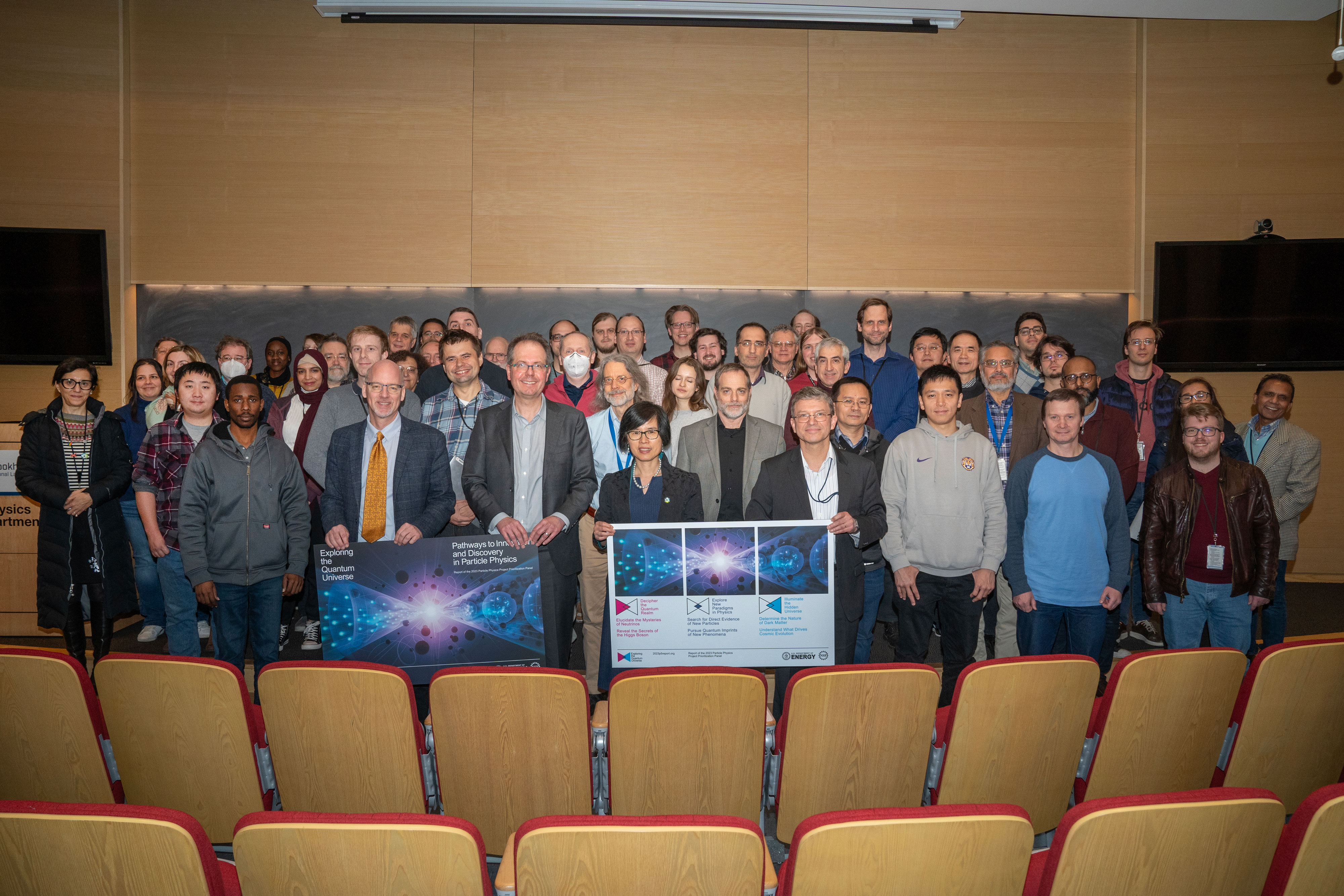Brookhaven Lab Sets Sights on Particle Physics Goals
Brookhaven National LaboratoryAs the particle physics community releases its strategic plan for the next 10 years and overall vision for the next 20, scientists at the U.S. Department of Energy’s (DOE) Brookhaven National Laboratory have started planning how the Lab is positioned to contribute to a range of the plan’s science goals, new experiments, proposed research facilities, and ongoing projects.









































